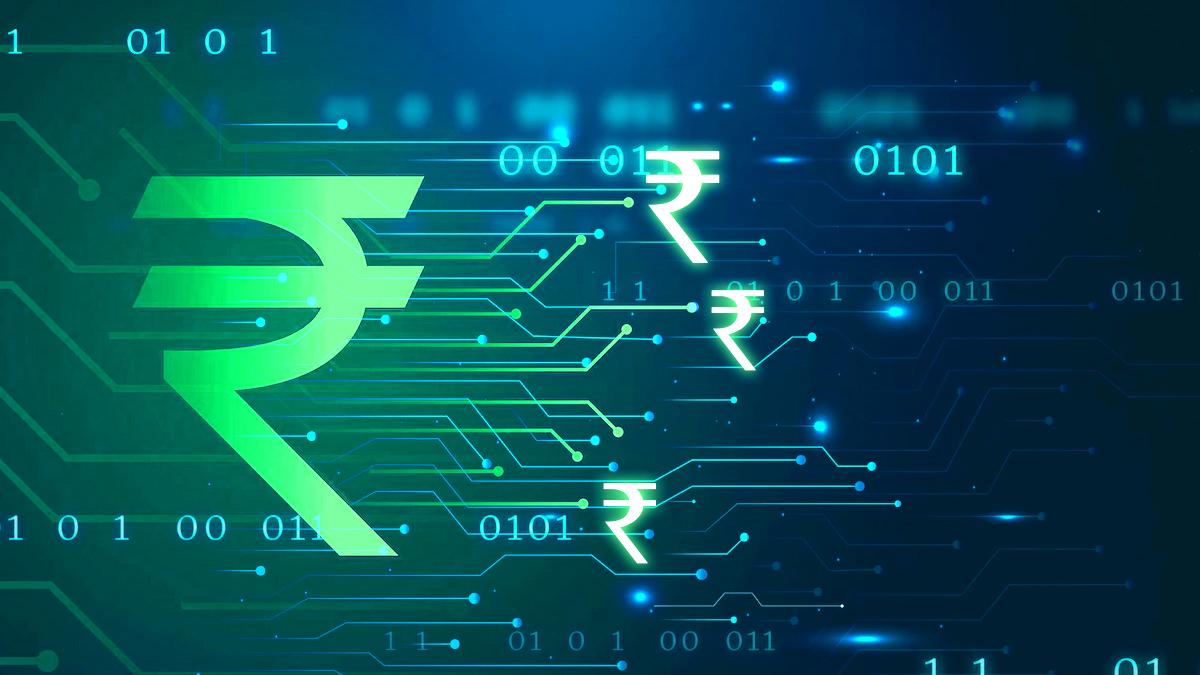Now Reading: India’s Digital Rupee: What It Means for Everyday Payments in Tier-2 Cities
-
01
India’s Digital Rupee: What It Means for Everyday Payments in Tier-2 Cities
India’s Digital Rupee: What It Means for Everyday Payments in Tier-2 Cities

The Reserve Bank of India’s push towards the digital rupee (e-₹) is quietly reshaping how people think about money. Unlike cryptocurrencies that run on private networks, the digital rupee is a central bank backed digital currency designed to work like cash but in electronic form. While metro cities may adopt it faster, its impact on Tier-2 cities could be far more significant in terms of convenience, security, and financial access.
At its core, the digital rupee is meant to reduce dependence on physical cash. Users can hold it in their digital wallets through partner banks and make transactions directly without the need for traditional intermediaries. For people in Tier-2 cities, this can mean fewer queues at ATMs, quicker transfers, and a reliable alternative to cash shortages that often trouble smaller towns.
One of the biggest advantages for smaller cities is cost efficiency. Digital transactions through e-₹ cut down on banking overheads, which can encourage more merchants and small businesses to accept digital payments. This is especially useful in places where card infrastructure or UPI adoption is still catching up. For customers, it also adds an extra layer of security compared to carrying cash, while still maintaining the same face value as the rupee.
However, challenges remain. Limited digital literacy in some Tier-2 regions could slow adoption. People used to cash transactions may hesitate to switch, and concerns about privacy and internet connectivity could further complicate acceptance. Banks and local institutions will need to invest in awareness campaigns and user-friendly systems to bridge this gap.
Another point of debate is whether the digital rupee will co-exist smoothly with existing digital payment systems like UPI. For many users, the difference between UPI transactions and digital rupee transfers is not yet clear. This confusion could affect how quickly people in smaller cities embrace the new system.
The digital rupee represents a big step in India’s journey toward modernizing its payment landscape. For Tier-2 cities, it holds the promise of faster, safer, and more inclusive transactions, provided awareness and access are addressed properly. In the long run, e-₹ could reduce the urban-rural divide in digital finance, making digital money as natural as physical cash for millions of Indians.

























